An ad for the Silent 700 reads: With her sleek new Silent 700 portable terminal in her briefcase, she’s ready for anything. She looks well dressed and ready for the business world. This was in 1971.
A decade later, another ad says It’s a full-powered computer — and when he carries it he’s got his whole office with him. This is in reference to a laptop that looks like it weighs about 60lbs.
In 2008, an ads read Always on e-mail keeps her in the loop 24/7, and the pocket-sized machine goes with her everywhere. This is in reference to a smartphone, which has more computing power than the Silent 700 and 1980s laptop combined.
I’m at the Computer History Museum, which is an amazing trip down computing memory lane. The tour starts at Babbage’s Differential Engine of which there are only two in the world. The Engine was designed between 1847 and 1849 to calculate polynomials. At the end of the processing, the machine automatically prints a record of the calculations. This is a truly impressive beast that comes from a time when Canada’s main industry was the fur trade, people still used horses and boats as their primary means of transportation, and slavery still existed in the US. It weighs 5 tonnes.
But this is just the beginning of large and impressive machines.
The museum houses just about the first of everything we have come to take for granted in the computing world: the first mouse, the first monitor, the first video game, the first keyboard, the first robot… and an “Ask Jeeves” costume worn in the 90s to promote the search engine. Remember Ask Jeeves? It was the most popular search engine when Google was merely starting out a student project for Larry Page and Sergey Brin.
The museum holdings contain just about every innovation known in the computing world: IBM’s Electric Key Punch, Hollerith’s Punch Card System, Code Breaking Machines, UNIVAC, SAGE, the RAID Disk Controller, the Cray Machine, Fairchild’s Bipolar Memory, the TRS-80… the Tandy Computer… Apple’s Lisa… Pong…
Did you know that there is still a Tandy/TRS-80 Computer Meetup periodically in various parts of the US? I once worked with a guy who ordered a Tandy online that was still in its original box. Not unlike Pez, old computers have an army of aficionados. I believe he uses it to control his Christmas lights.
The museum is a wonderful walk down memory lane and what makes it even better is just about all of these machines were developed in Silicon Valley. So, if after visiting the museum and you are feeling particularly nostalgic, the garage where Hewlett and Packard built the first Audio Oscillator (and kick-started HP and Silicon Valley in 1938) is less than 15-minutes away by car.
One final note: there is a map on one wall that shows the evolution of programming languages… all originating in Fortran. I didn’t get a great photo but it was interesting to see the evolution to modern languages. The evolution map ended with C#.
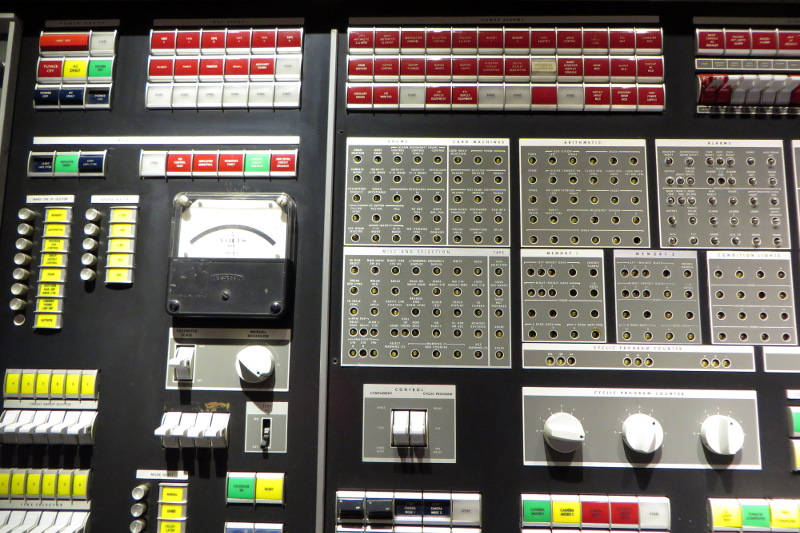
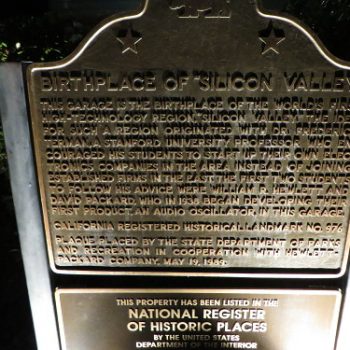
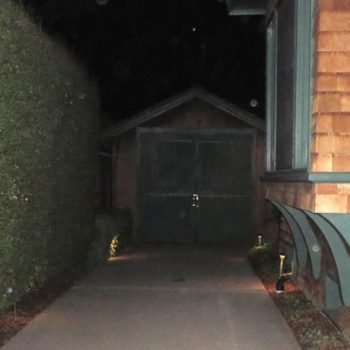
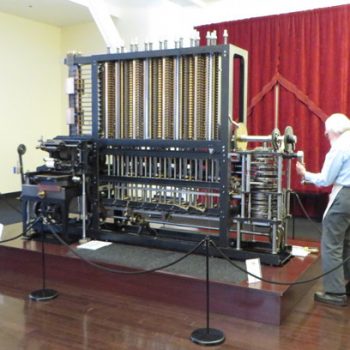
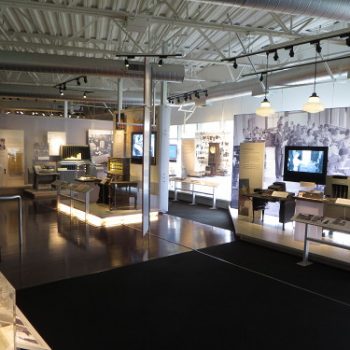
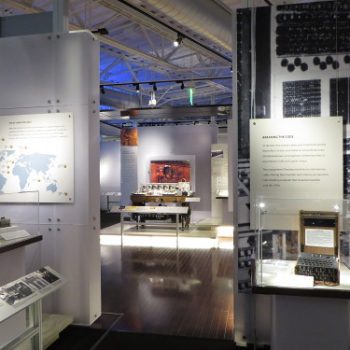
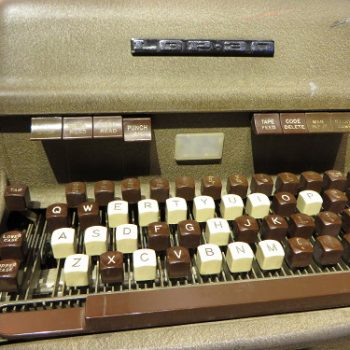
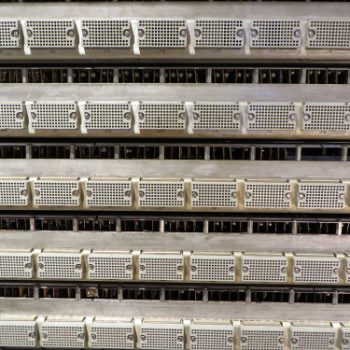
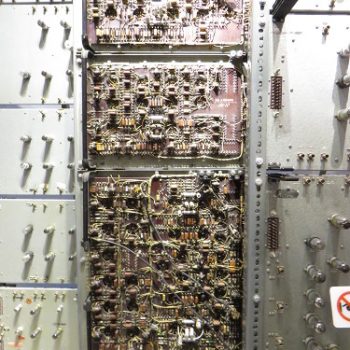
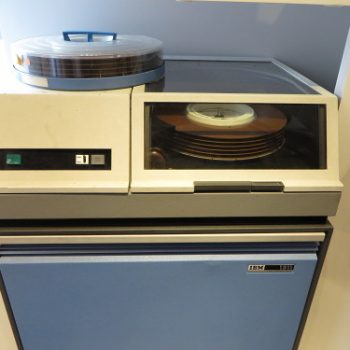
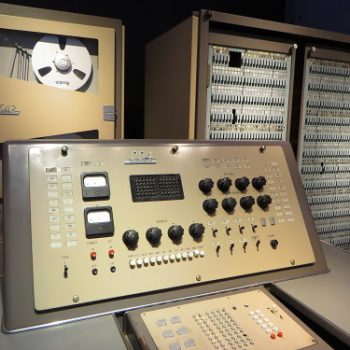

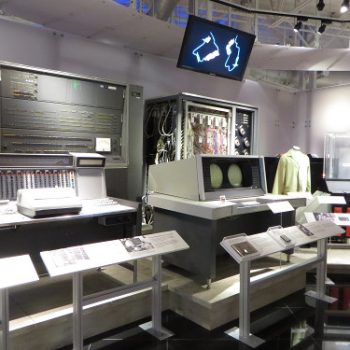
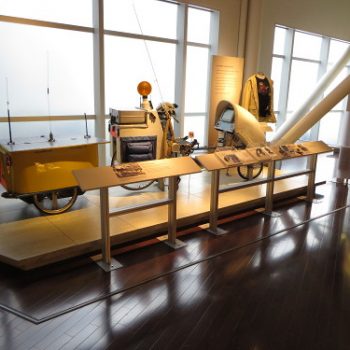
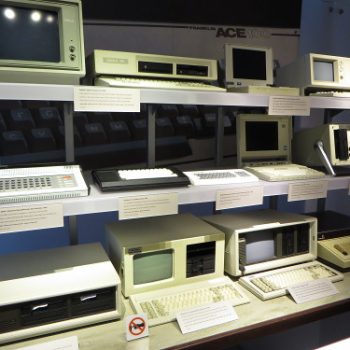
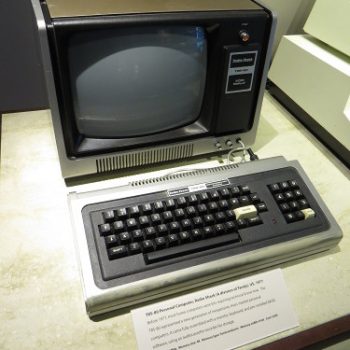
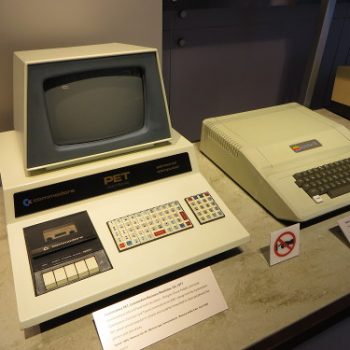
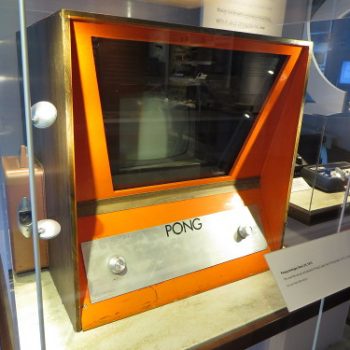
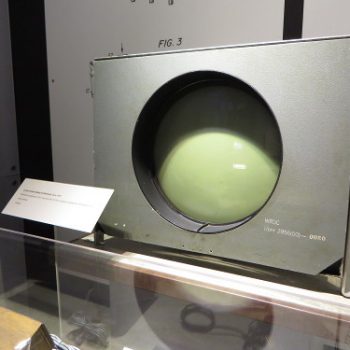
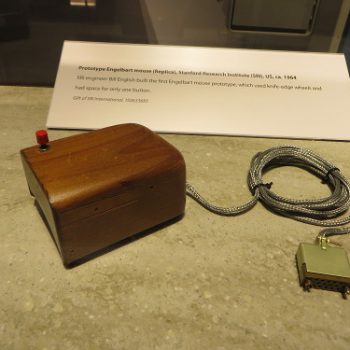
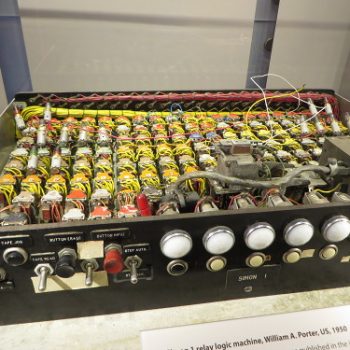
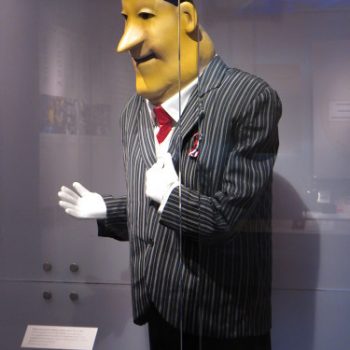
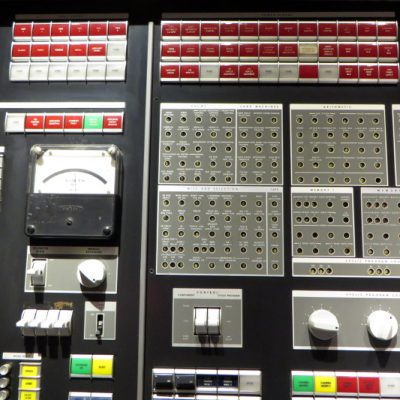
I still have my first computer, a 32 K TRS80 Colour Computer.
Photo #16 is a TRS-80; thought you would like that. #19 is the first monitor and #20 the first mouse.
Yes. The first programming course I ever had (at Acadia) was an assembly language programming course on the TRS80 (Z80 processor). The storage device was a cassette tape. Lots of crashes.